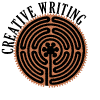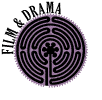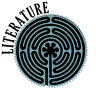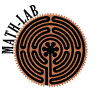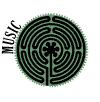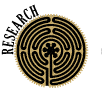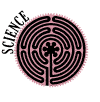I began the writing workshop with Cuisinare rods and colored pencils. My writers looked puzzled.
“Today you’re going to make a Cuisinaire construction and then describe how you made the construction with words on paper so that a reader will be able to navigate through the paragraph to create an identical construction.”
This is my idea of a hands-on How To paragraph.
“Just like math, when writing instructions you have to show all your steps.”
Young writers need to practice working through the process of crafting words. It’s challenging teaching young writers that words need to be wisely chosen and crafted carefully to accurately communicate a specific idea to an audience of readers. This is challenging because the task is a process that involves tremendous effort on the part of the writer and young writers want to skip steps. Participating in this work over time sets a foundation for the rhythm of the writer’s routine to be established.
Before beginning, I challenged my writers to keep in mind the cardinal rule of our writing workshop:
“Words are scribbled on paper for a reader to read… your words are a gift.”
The young writers eagerly spent an hour an a half contentedly drafting rough drafts paragraph that they took home to self-conference and craft to final draft.
“Next week we will exchange final drafts and see if readers can make the construction.”
Begin all writing experiences by breaking the task at hand into steps. Remind writers that writing is a process. Getting young writers to engage in process is a tricky business that takes time to root, but truth be told, process alone takes the daunting out of writing.
We broke this specific project down as follows:
What’s your big idea?
Make a construction with Cuisinaire rods. Map the construction on graph paper with colored pencils.
Write it down…!
Begin by use a topic wheel to outline each step involved in the construction. Craft a paragraph following the topic wheel outline. Be sure to introduce the topic with a sentence that hooks the reader into the big idea. The supporting sentences should include specific details that will allow the reader to navigate through the Cuisinaire construction without a hitch. Craft a single sentence at the end of the paragraph that will conclude the exercise and add an interesting clincher that makes idea of the paragraph echo in the mind of the reader.
Conference with yourself and someone else…
Now, re-read what you wrote and decide, as a reader, if you are accurately communicating your big idea. Use a red pen to make changes. Ask someone else to read your work and to add red marks when they find confusing areas, holes, or dead ends in your “How To” paragraph.
Revise
Make a final sweep with the red pen for common errors—spelling, punctuation, capitalization, tense, and so on.
Final Draft
Use your best handwriting or type up a final draft!
—Kim



